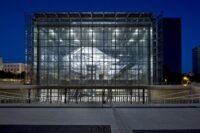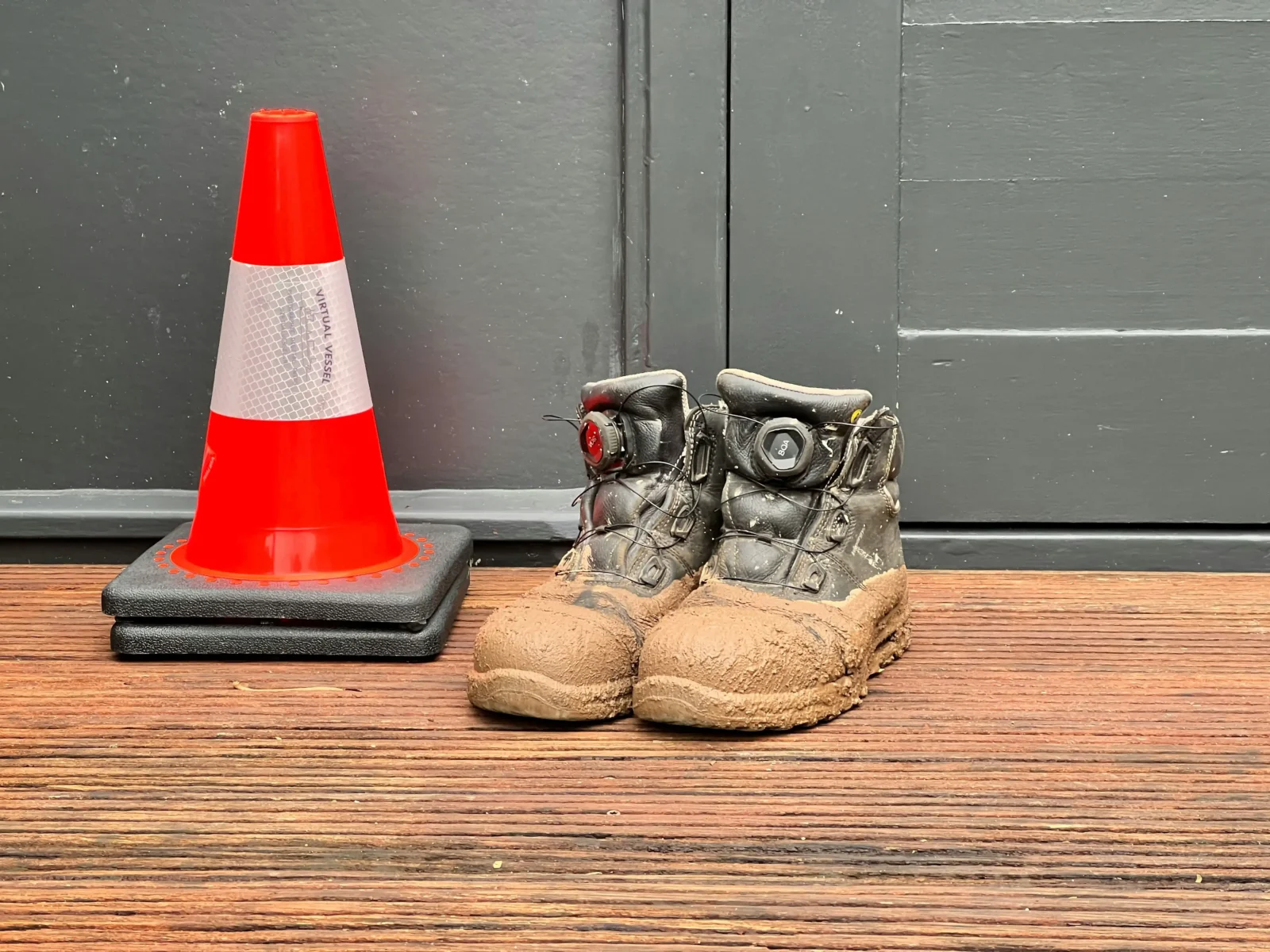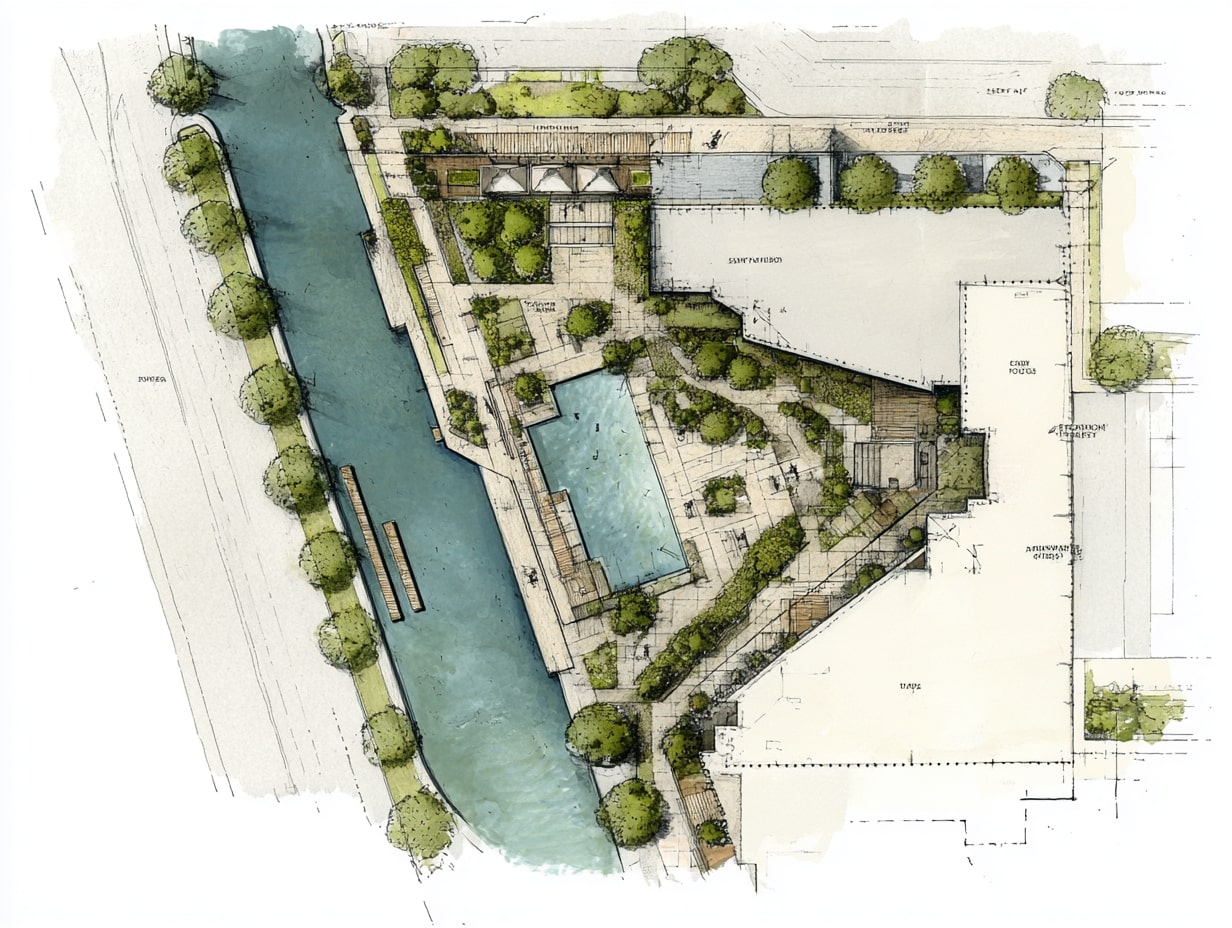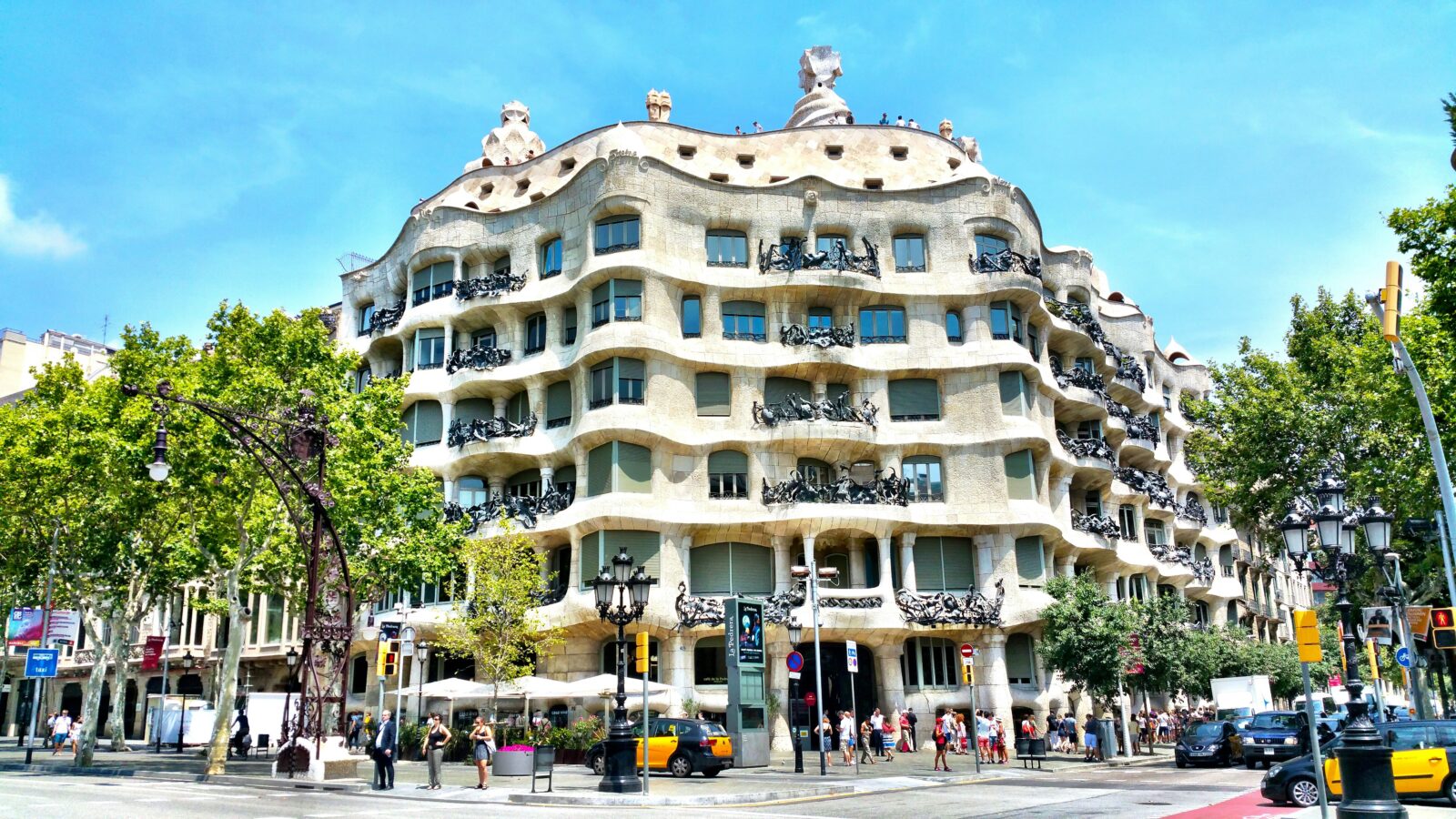- Home
- Articles
- Architectural Portfolio
- Architectral Presentation
- Inspirational Stories
- Architecture News
- Visualization
- BIM Industry
- Facade Design
- Parametric Design
- Career
- Landscape Architecture
- Construction
- Artificial Intelligence
- Sketching
- Design Softwares
- Diagrams
- Writing
- Architectural Tips
- Sustainability
- Courses
- Concept
- Technology
- History & Heritage
- Future of Architecture
- Guides & How-To
- Art & Culture
- Projects
- Interior Design
- Competitions
- Jobs
- Store
- Tools
- More
- Home
- Articles
- Architectural Portfolio
- Architectral Presentation
- Inspirational Stories
- Architecture News
- Visualization
- BIM Industry
- Facade Design
- Parametric Design
- Career
- Landscape Architecture
- Construction
- Artificial Intelligence
- Sketching
- Design Softwares
- Diagrams
- Writing
- Architectural Tips
- Sustainability
- Courses
- Concept
- Technology
- History & Heritage
- Future of Architecture
- Guides & How-To
- Art & Culture
- Projects
- Interior Design
- Competitions
- Jobs
- Store
- Tools
- More
Exploring Underground Structures in Architecture: Innovation and Sustainability Redefined
Discover the fascinating world of underground structures in architecture, where creativity meets sustainability. This article explores innovative designs that challenge conventional spaces, showcasing subterranean homes, commercial hubs, and more. Learn about their environmental benefits, historical significance, and the challenges of construction.

As we delve into the fascinating world of underground structures in architecture, we uncover a realm that blends innovation with practicality. These hidden marvels not only challenge our perceptions of space but also address pressing issues like urbanization and sustainability.
Imagine stepping into a world beneath our feet, where buildings seamlessly integrate with the earth, creating unique environments that are both functional and aesthetically pleasing. From subterranean homes to expansive underground complexes, these structures offer a glimpse into the future of architecture, where space is redefined and nature is respected. Join us as we explore the depths of architectural ingenuity and the benefits of going underground.

Table of Contents
ToggleOverview of Underground Structures in Architecture
Underground structures represent a unique intersection of creativity and functionality in architecture. These designs often utilize the earth’s natural insulation properties, significantly lowering energy consumption for heating and cooling. By situating buildings below ground, we enhance their environmental sustainability while preserving valuable surface space for green areas and urban development.
Types of underground structures include subterranean homes, commercial spaces, transportation hubs, and parking facilities. Subterranean homes often incorporate natural light through skylights and strategically placed windows, creating a bright living environment. Commercial spaces, such as shopping centers and offices, maximize limited urban land through multi-level designs. Transportation hubs, including subway systems, facilitate efficient urban transit while minimizing surface-level congestion.
Benefits of underground architecture extend beyond environmental considerations. These structures often serve as protective measures against extreme weather conditions, reducing vulnerability to natural disasters. Additionally, underground buildings often reduce noise pollution, providing a quieter environment for inhabitants.
Challenges associated with underground construction primarily include excavation, water management, and ventilation. Engineers frequently address these challenges by employing sophisticated drainage systems and ventilation techniques that ensure fresh air flow. Successful underground structures require meticulous planning and innovative engineering to create safe, functional spaces that endure over time.
Underground structures not only redefine spatial concepts but also present practical solutions to contemporary urban challenges, dramatically reshaping our architectural landscape.
Historical Significance
Underground structures hold considerable historical significance, showcasing a rich tradition of innovative engineering and design. They reveal our ancestors’ resourcefulness and adaptability across various periods.

Ancient Examples
Ancient civilizations constructed impressive underground structures that addressed practical needs. The catacombs of Paris, established in the late 18th century, served as an extensive burial site for millions. The Cappadocia region in Turkey features rock-cut churches and entire cities, like Kaymaklı, demonstrating advanced engineering techniques for habitation. Similarly, the ancient Persian city of Naqsh-e Jahan utilized windcatchers and underground passageways for climate control. These examples illustrate the early use of subterranean spaces for safety, utility, and ritualistic purposes.
Modern Developments
Modern underground architecture has evolved to meet contemporary challenges. The Montreal RESO, also known as the Underground City, connects shopping centers, office buildings, and transit systems across 33 kilometers. Underground parking facilities are now common in urban areas, maximizing land use above ground. The Sagrada Familia in Barcelona integrates an underground tunnel system for managing visitor flow and enhancing structural stability. Innovations in engineering, such as improved materials and construction techniques, bolster safety and sustainability in these new designs. Each modern development highlights our ongoing commitment to blending functionality with creativity in architectural design.
Design Considerations
When designing underground structures, we prioritize factors that ensure safety, efficiency, and harmony with the environment. Key considerations include structural integrity and environmental impact.

Structural Integrity
We ensure structural integrity through rigorous engineering practices. Designers use reinforced materials to resist earth pressure, water infiltration, and potential seismic activity. Regular assessments of soil conditions inform the choice of materials and construction techniques. Additionally, we implement drainage systems to manage groundwater effectively, minimizing risks associated with flooding. We also consider the load-bearing capabilities of the surrounding land, ensuring structures can safely support their own weight while accommodating any potential occupants or equipment within.
Environmental Impact
The environmental impact of underground structures is significant. We capitalize on the earth’s natural insulation properties, which reduce energy consumption and enhance thermal comfort. These structures promote energy efficiency by maintaining stable temperatures, decreasing reliance on artificial heating and cooling systems. Additionally, we design to manage stormwater runoff, incorporating green roofs and permeable surfaces that support local ecosystems. By selecting sustainable materials and construction methods, we reduce carbon footprints and enhance overall sustainability. This holistic approach helps us create spaces that not only serve human needs but also respect and preserve our natural surroundings.
Benefits of Underground Structures
Underground structures offer numerous advantages, particularly in urban environments where space and resources are limited. By integrating these spaces into the earth, we gain significant benefits in terms of efficiency and sustainability.

Space Efficiency
We maximize urban space through underground structures, effectively utilizing areas that are otherwise overlooked. These designs allow us to create larger functional areas without occupying valuable surface land. For example, ample parking facilities and commercial spaces can fit beneath bustling city streets, minimizing the footprint of developments on the natural landscape. This strategic use of space helps maintain green areas above ground, promoting biodiversity and enhancing aesthetic value.
Climate Control
We experience enhanced climate control in underground structures due to the earth’s natural insulating properties. These buildings maintain stable temperatures year-round, resulting in lower energy costs for heating and cooling. Research indicates that underground spaces can reduce energy consumption by up to 70% compared to conventional above-ground designs. Moreover, they offer protection from extreme weather events, safeguarding inhabitants from fluctuations in temperature and severe conditions. This integration of natural climate management contributes to our goals of sustainability and energy efficiency, aligning with modern environmental standards.
Challenges and Limitations
Underground structures pose unique challenges that architects and engineers must address. These challenges often stem from construction complexities and regulatory constraints.

Construction Difficulties
Construction difficulties commonly arise during the excavation and building phases of underground structures. Ensuring structural integrity while managing soil conditions proves essential. We encounter significant complications with groundwater management, as water accumulation can undermine the structure if not effectively controlled. Additionally, access for machinery and materials can be limited, complicating the construction process. Ventilation remains a crucial consideration, as underground spaces may lack adequate airflow, necessitating specialized systems for air circulation. Proper planning and advanced engineering solutions play critical roles in overcoming these complications and successfully completing underground projects.
Regulatory Issues
Regulatory issues can heavily influence the feasibility of underground architecture. Local building codes often impose restrictions on excavation depth, structural safety standards, and environmental impact assessments. Compliance with these regulations may require extensive documentation and modification of original designs, extending project timelines and costs. Zoning laws can also limit where underground structures can be developed, complicating urban planning efforts. Navigating these regulatory landscapes necessitates collaboration with local authorities and adherence to legal guidelines, making it essential for designers to stay informed about relevant regulations and potential changes.
Future Trends in Underground Architecture
Innovations continue to drive the evolution of underground architecture, focusing on materials and sustainable practices that enhance functionality and environmental harmony. As we explore these future trends, we highlight how they shape the development of subterranean spaces.

Innovative Materials
Innovative materials play a crucial role in future underground structures. Designers increasingly utilize high-performance concrete, which enhances durability and reduces water infiltration. These materials provide structural integrity while allowing for unique designs. We see advancements in self-healing concrete technology that repair cracks autonomously, extending the lifespan of underground buildings. Additionally, the integration of smart materials, like temperature-responsive and moisture-regulating panels, offers improved climate control and energy efficiency within these structures. The use of prefabricated modules also facilitates quicker construction and reduces waste, ensuring that underground projects align with modern construction practices.
Sustainable Design Practices
Sustainable design practices are central to future underground architecture. We prioritize eco-friendly strategies that minimize environmental impact. For instance, utilizing passive solar heating and natural ventilation systems optimizes energy use while reducing reliance on artificial climate control. Green roofs and living walls not only contribute to biodiversity but also provide natural insulation, enhancing energy efficiency. We advocate for rainwater harvesting systems that recycle water within underground spaces, further promoting sustainability. By incorporating locally sourced materials, we reduce transportation emissions and support regional economies. Overall, sustainable design practices ensure that underground architecture meets the demands of the future while minimizing its carbon footprint.
Conclusion
Underground structures represent a remarkable blend of innovation and practicality in architecture. We recognize their potential to transform urban living by enhancing sustainability and optimizing land use. These designs not only challenge traditional architectural norms but also promote coexistence with nature, offering solutions to pressing urban challenges.
The environmental advantages of underground architecture stand out. We benefit from natural insulation, which reduces energy consumption, and we preserve ground-level space for parks and green areas. Subterranean homes, commercial spaces, and even transportation hubs exemplify efficient use of urban land, enhancing our living and commuting experiences.
Design considerations play a crucial role in the success of these structures. We focus on safety and sustainability, incorporating advanced engineering practices to ensure structural integrity. Effective drainage systems and the use of reinforced materials provide resilience against groundwater issues, while innovative design strategies minimize environmental impacts.
Despite their benefits, we must be aware of the challenges associated with underground construction. Issues like groundwater management and regulatory compliance require meticulous planning and collaboration with local authorities. Understanding these challenges helps us navigate the complexities of implementing underground architecture successfully.
Looking ahead, we anticipate exciting trends in underground architecture. Innovations in materials and sustainable practices enhance both functionality and environmental harmony. By adopting high-performance materials and utilizing passive design strategies, we pave the way for a future where underground constructions contribute meaningfully to urban sustainability.
Overall, underground structures hold the promise of redefining our architectural landscape, making them a crucial consideration in the future of urban planning and design.
- advanced building sustainability
- architectural design innovations
- architectural sustainability solutions
- contemporary underground homes
- cutting-edge building techniques
- earth-sheltered buildings
- eco-conscious architecture
- eco-friendly building designs
- Energy Efficient Architecture
- environmentally friendly structures
- future of green architecture
- green architecture solutions
- groundbreaking architectural designs
- innovations in sustainable construction
- innovative underground structures
- modern green architecture
- subterranean architecture
- sustainable architecture
- sustainable building innovations
- sustainable design practices
- Underground Architecture
Submit your architectural projects
Follow these steps for submission your project. Submission FormLatest Posts
Understanding Site Safety Footwear in Architectural Practice
Architecture is often discussed through drawings, models, and finished buildings, yet a...
General Arrangement Drawings in Architecture: The Backbone of Clear Design Communication
General Arrangement Drawings explained: what they are, when to use them, how...
The Ultimate Guide to Fencing in North Dakota: Choosing the Best Fence for Your Property
Watching a chain link fence twist in 70 mph winds near Minot...
Gaudí: Where Architecture Meets Science
Gaudí: Where Architecture Meets Science shows catenary arches, ruled surfaces, and biomimicry...












Leave a comment